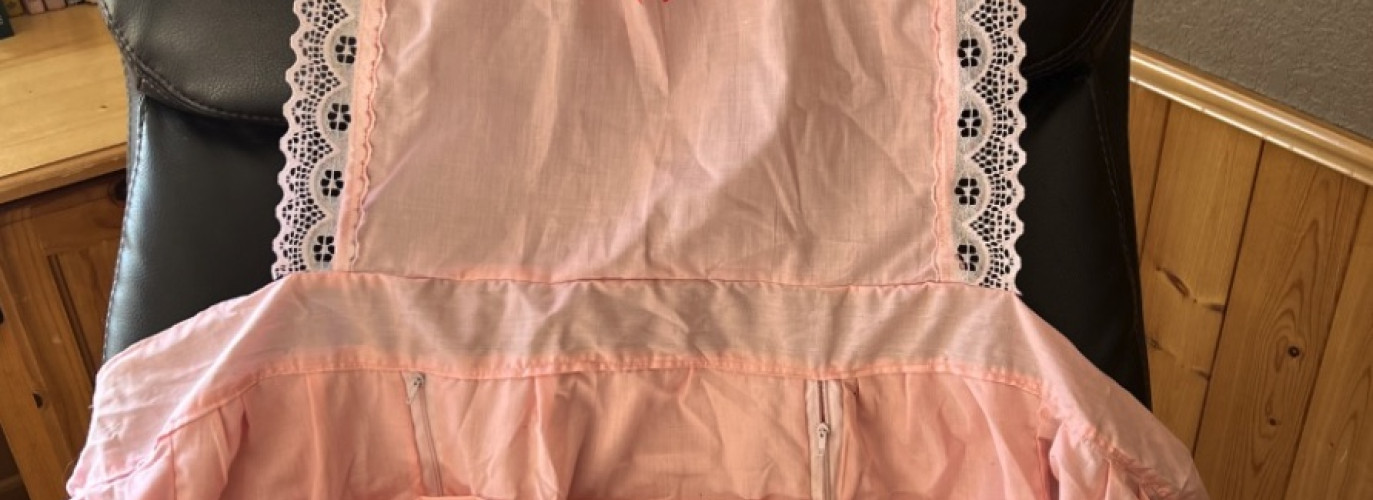Jul 03, 2023

By Rick McNary
The tiny village of Jicaro (hee’-ka-row) Bonito sat along a river high in the mountains of Nicaragua near the border of Honduras. While delivering truckloads of food and supplies in 2005 for relief after the rains had destroyed their sesame seed crops, I met with the villagers to ask them what we could do to help them make a living.
I learned early in the fight against hunger that there are two concepts: relief (give a person a fish) and development (teach a person to fish).
When farmers in those areas lose crops, there is no crop insurance. It takes them two years to get back to normal and, of course, normal for them is subsistence. When they lose a crop, they go into starvation mode. We had provided much relief, but it wouldn't last. And I learned one of the most valuable lessons in the last 20 years of working in the international hunger space: charity only feels good to the giver. My friends in Jicaro were hard-working people who just wanted a chance, not a handout. They were ashamed to accept our help, but they were desperate and had no choice — there are few, if any, safety nets in those countries.
In the meeting, the men wanted help building a kiln to make bricks and roof tiles, loans for a cow with calf, machetes so they could hire themselves out to clear brush and a new metal plow to pull behind their pair of oxen (yes, they had taught me how to do that, too!).
The women wanted to build ovens to bake bread and to learn to sew.
I rented the only covered place in the village that had a concrete floor, but it was being used for a barn. We cleaned it all out and I bought 10 treadle sewing machines (they didn't have electricity or running water). I also hired a seamstress to come in and teach them.
One item they felt they could make — along with school uniforms — were aprons the women wore in markets. Like most entrepreneurs, they needed the capital to get started so I bought material (from a city three hours away) and had it brought in. I told them I would be back in six weeks to purchase every apron they made.
They made 700 of them!
I learned several valuable lessons, and the most important one being access to markets. I gave them a market and they met the challenge!
When I compress this wonderful experience of Shop Kansas Farms into basic concepts, I think of this apron I have hanging on my coat rack as a daily reminder that providing a market to entrepreneurs is exactly what we do. We have brought 170,000 consumers (this is more people than folks who live in Kansas City, Kan.!) to them and all the efforts that drive our move forward is finding more consumers to purchase from our wonderful farm and ranch families.
We are providing them with a market of consumers who want to purchase directly from them. I often tell farm groups when I speak to them to imagine 170,000 people standing behind me who want to buy directly from them, and they are asking the farmers to help them figure it out.
We are helping them figure it out by providing our farmers with a market.
By the way, I have a few aprons left if you want one!
